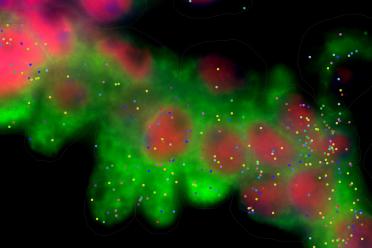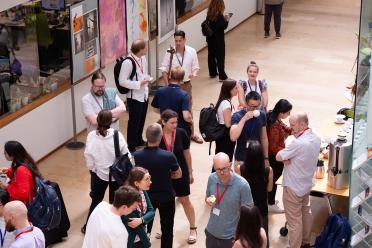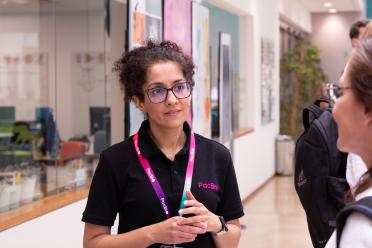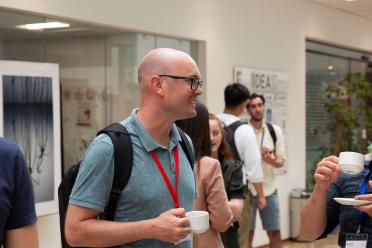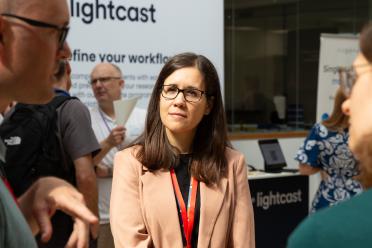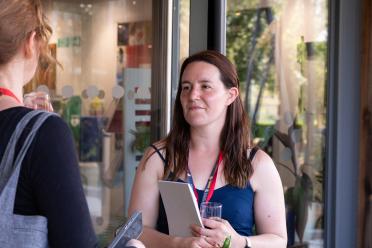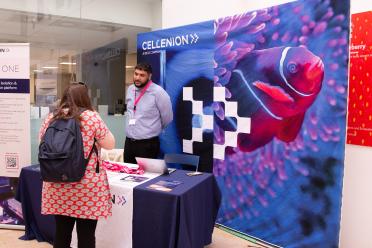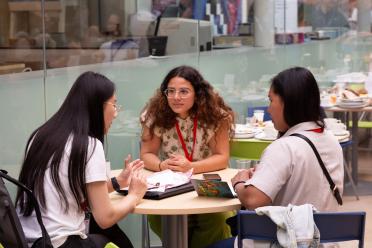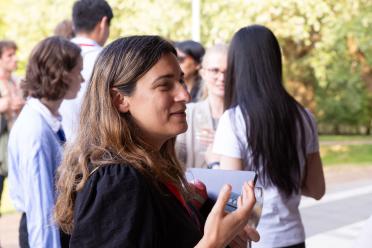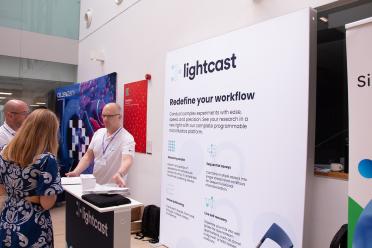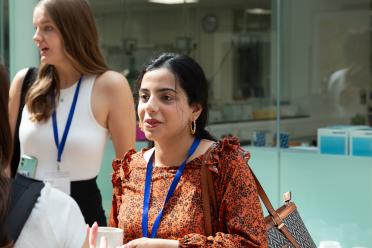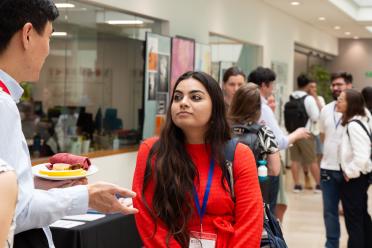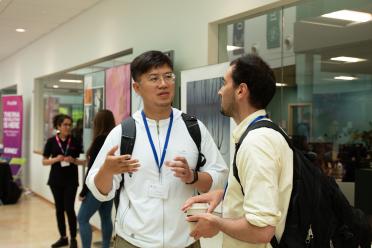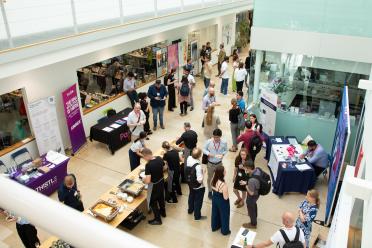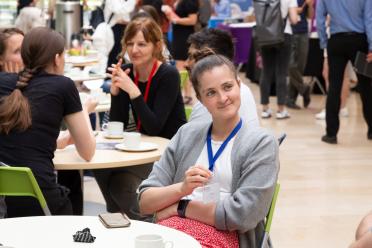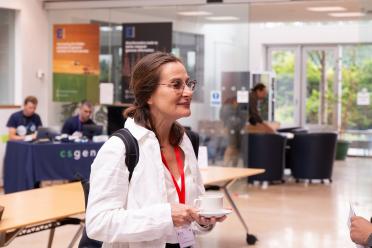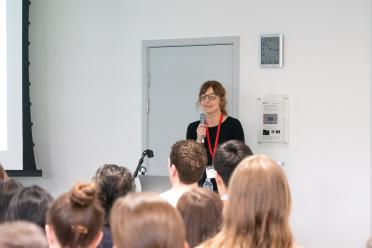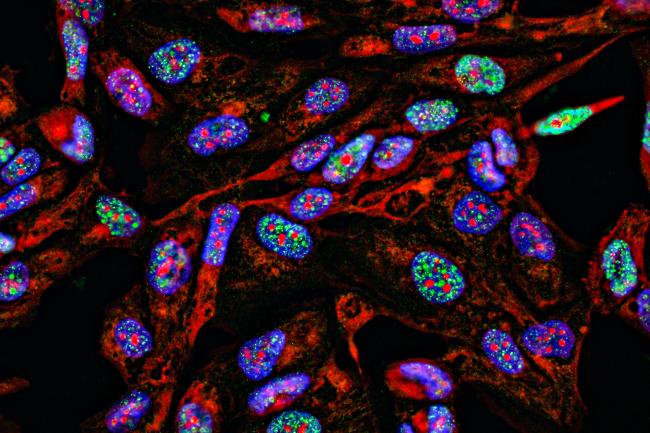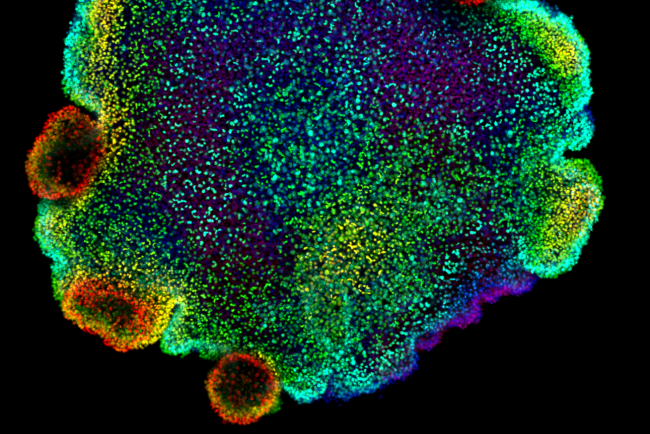Dr Tanja Woyke, Deputy of User Programs at the Joint Genome Institute, is predicting a new renaissance for microbiome single cell sequencing.
It has traditionally been a more niche area of single cell science, partly due to challenges in sample-to-sample variation, sample preparation, genome amplification biases, and low genome completeness.
For those with an interest, metagenomics has been the go-to approach for studying microbiomes. But one of the key issues with, for example, metagenome assembled genomes (MAGs) is the tendency to overlook less abundant species or strains.
The attraction of single-cell approaches has always been the ability to find these underrepresented microorganisms, also known as “microbial dark matter” - a term popularised by Dr Woyke.
Thanks to a number of recent improvements in microbial single-cell whole genome amplification, alongside scalable approaches, Dr Woyke used her keynote address to set the scene for a resurgence of microbial single-cell sequencing.
“In order to understand the microbiome in greater detail, it’s important to study it at both bulk and single-cell level to unlock that extra layer of microbial resolution.” says Yash Bancil, a PhD student at the Earlham Institute.
“Microbiomes are complex communities and their inferred dynamics can be significantly influenced by underrepresented species - for instance, keystone species that are pivotal for community structure and behaviour.
“Microbial single-cell research will add further insights into the cellular heterogeneity we know exists within microbiomes and help us understand how spatial microbial organisation is influenced by different microenvironments.”
His project is exploring the genomic and functional complexities of different microbiomes, including the human gut. Based in the Macaulay Group, single-cell approaches are key tools at his disposal.
“I don’t think it’s a question of one approach over the other - they are complementary,” he concludes.
It is an area that bridges the Earlham Institute’s strategic research programmes, Cellular Genomics and Decoding Biodiversity; the former is using single-cell approaches to understand genome variation and regulation while the latter is exploring biodiversity, including complex microbiomes.

